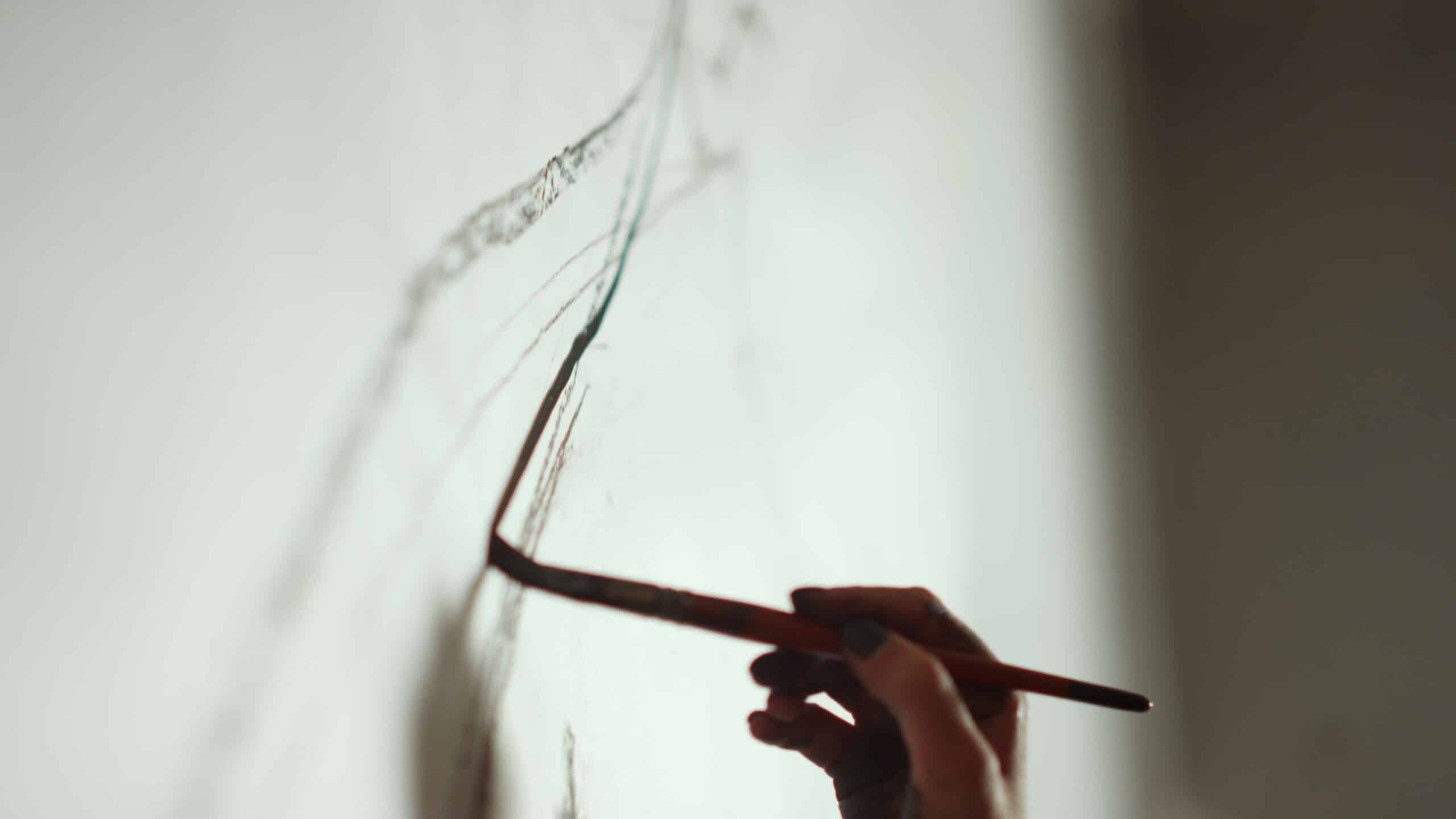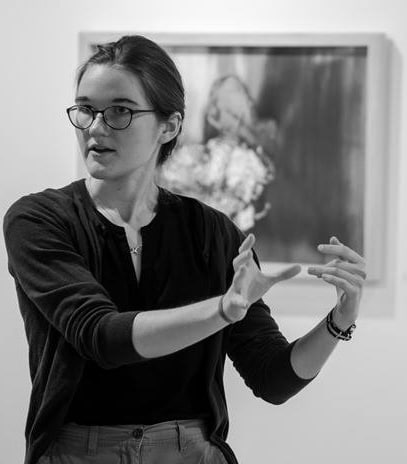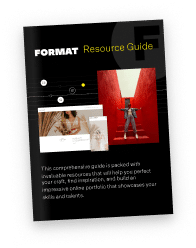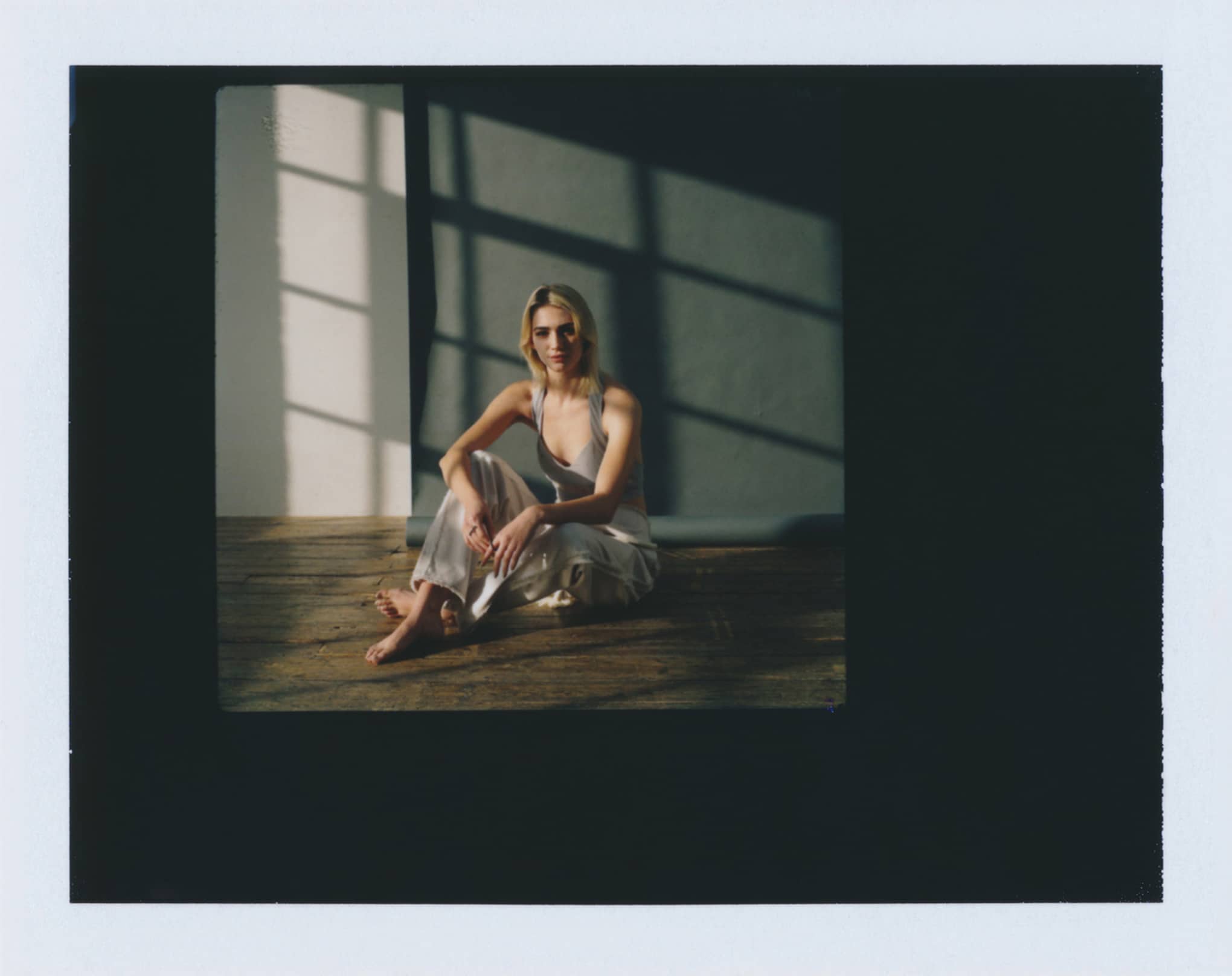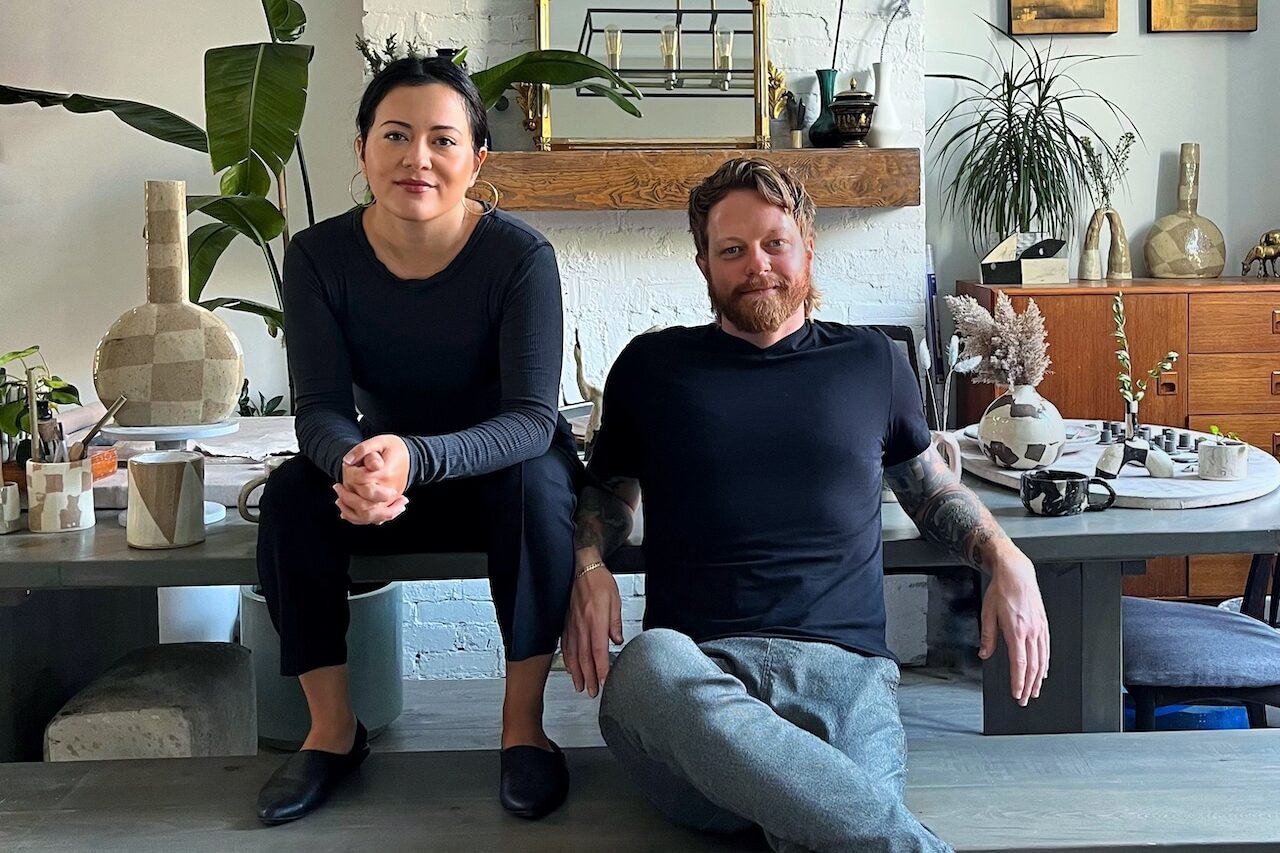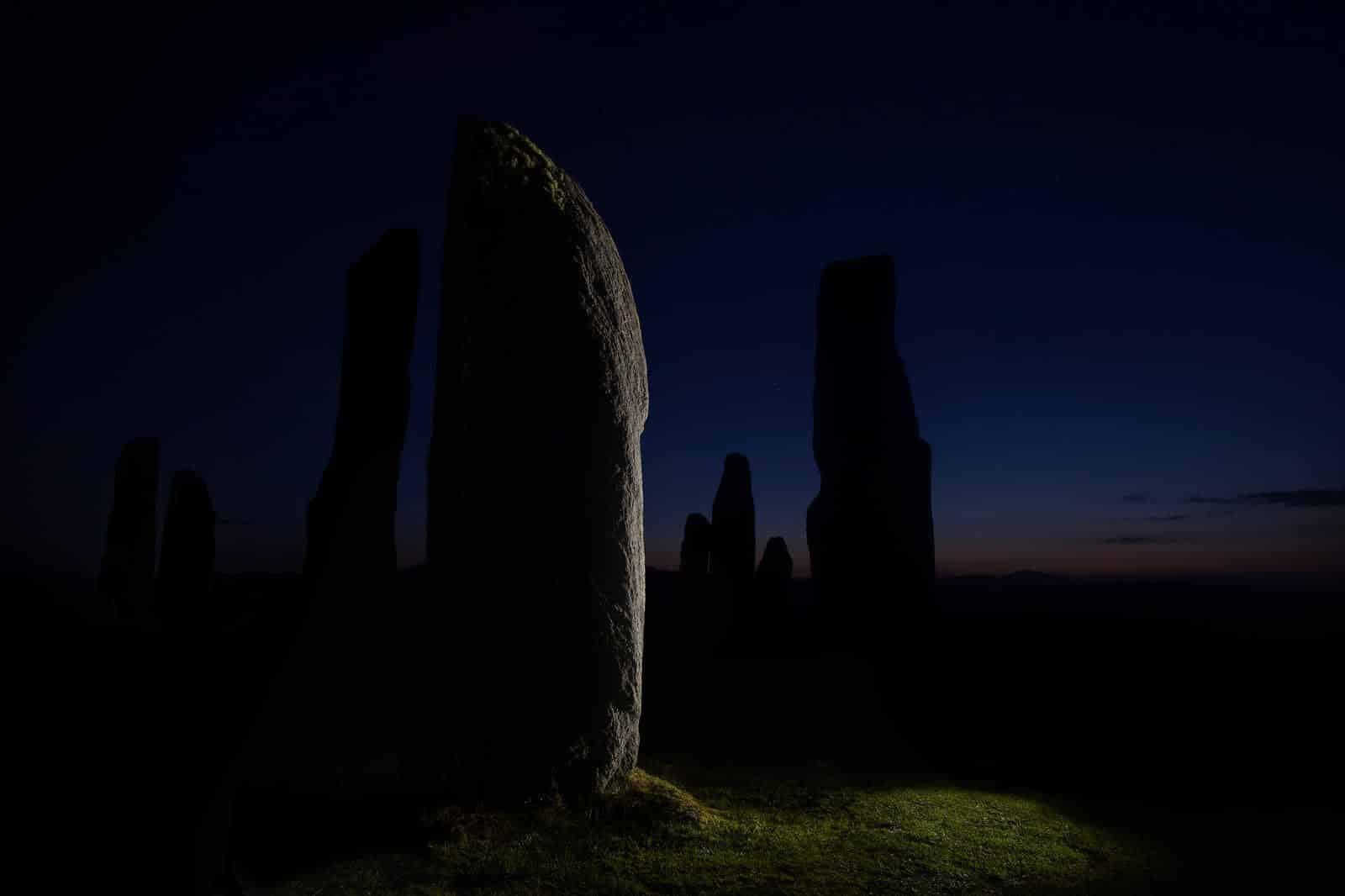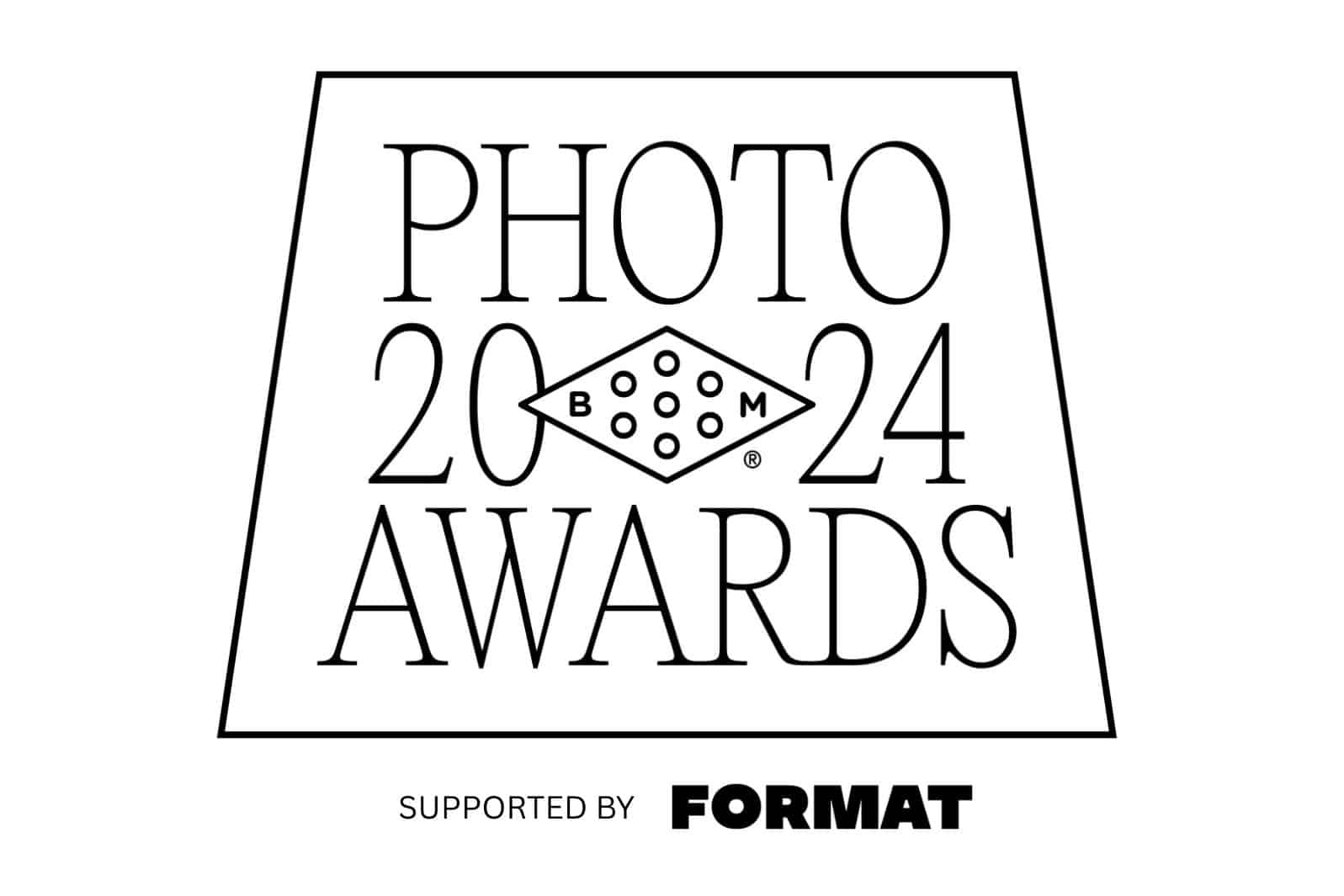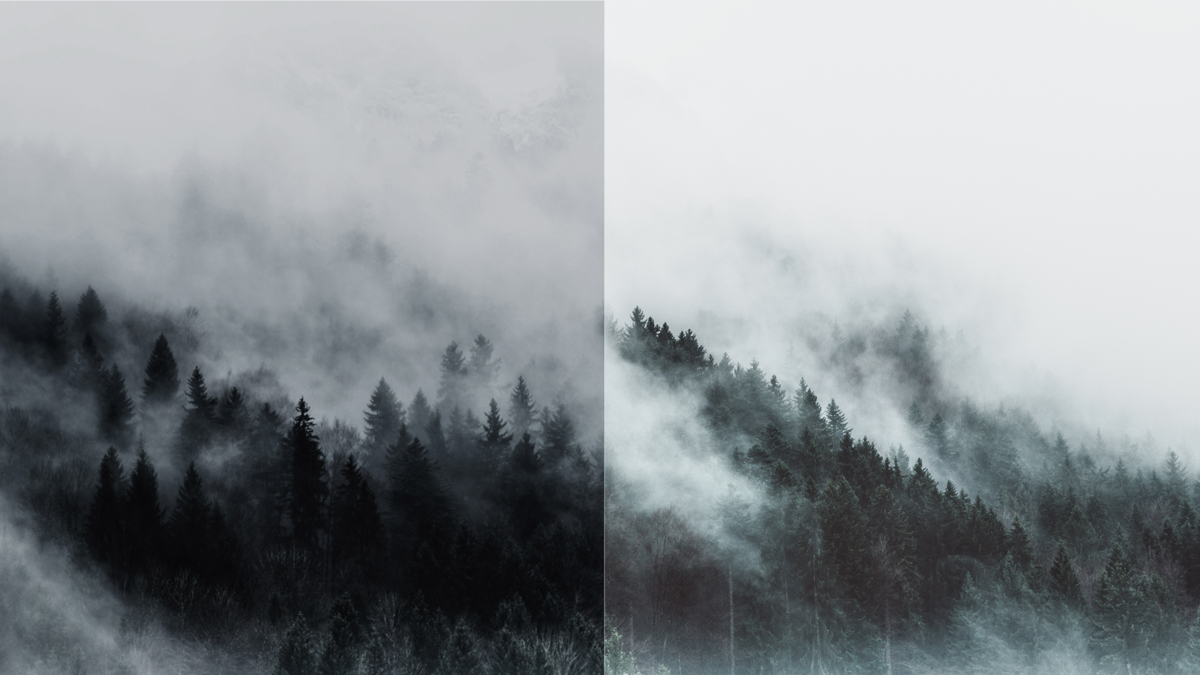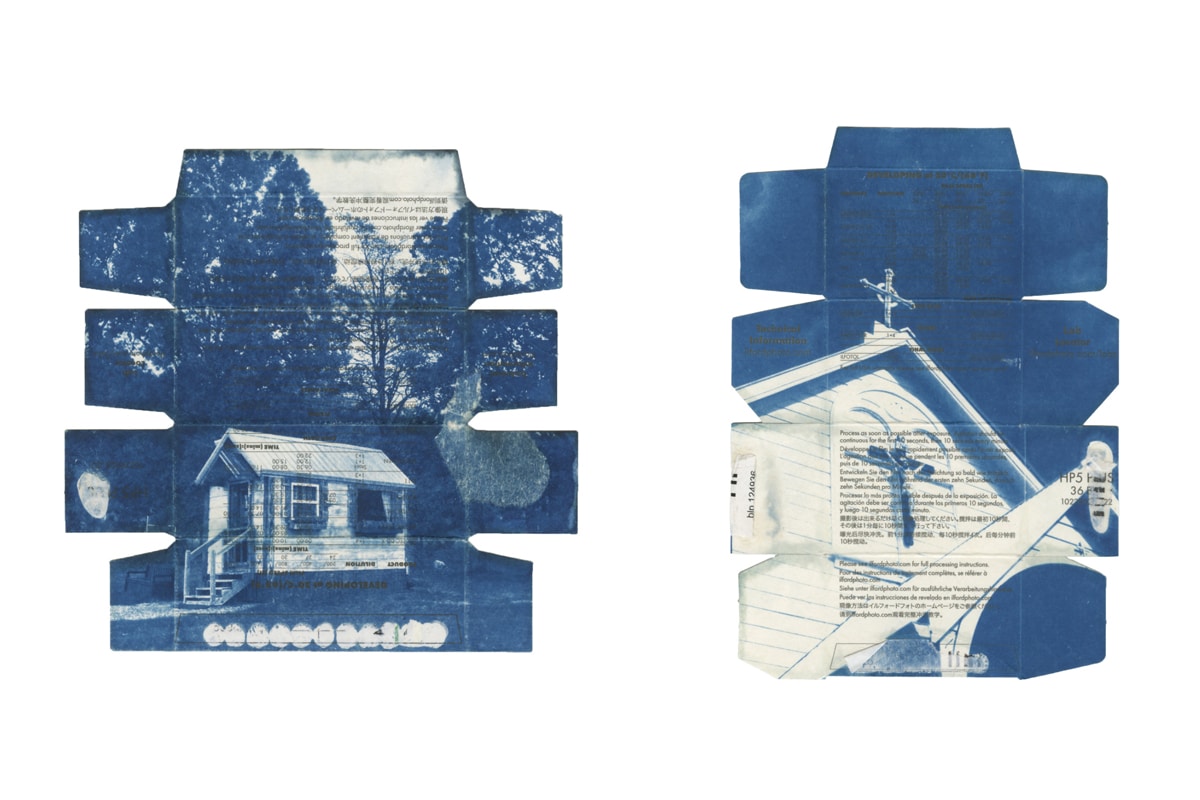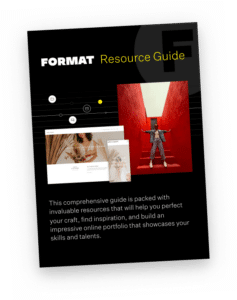Als angehender Künstler bist du vielleicht eher mit dem kreativen Teil des Kunstschaffens vertraut. Vielleicht hast du bereits eine Reihe von Werken geschaffen oder deine Arbeiten in einer Abschlussausstellung gezeigt. Wenn du deine Praxis weiterverfolgst, musst du auch eine Reihe von administrativen Fähigkeiten entwickeln, und ein Teil der administrativen Seite einer Atelierpraxis ist das Finden und Bewerben auf offene Ausschreibungen.
Das Finden und Einreichen von Bewerbungen kann mühsam sein, hilft dir aber dabei, dir Unterstützung für deine Praxis zu sichern, z. B. durch Stipendien, Atelieraufenthalte und alle Arten von Ausstellungsmöglichkeiten. Jede Bewerbung ist nicht nur ein Mittel, um dir berufliche Chancen zu sichern und deine künstlerische Praxis voranzubringen, sondern du kannst sie auch als Chance sehen, deine Arbeit besser zu präsentieren und dein Portfolio für ein neues Publikum zusammenzustellen. Im folgenden Artikel werden Strategien für aufstrebende Künstlerinnen und Künstler beschrieben, die neu im administrativen Bereich der Kunstpraxis sind. Dazu gehören Tipps, wo du offene Ausschreibungen findest, wie du deine Bewerbung erstellst und wie du herausfindest, welche Möglichkeiten sich am meisten lohnen.
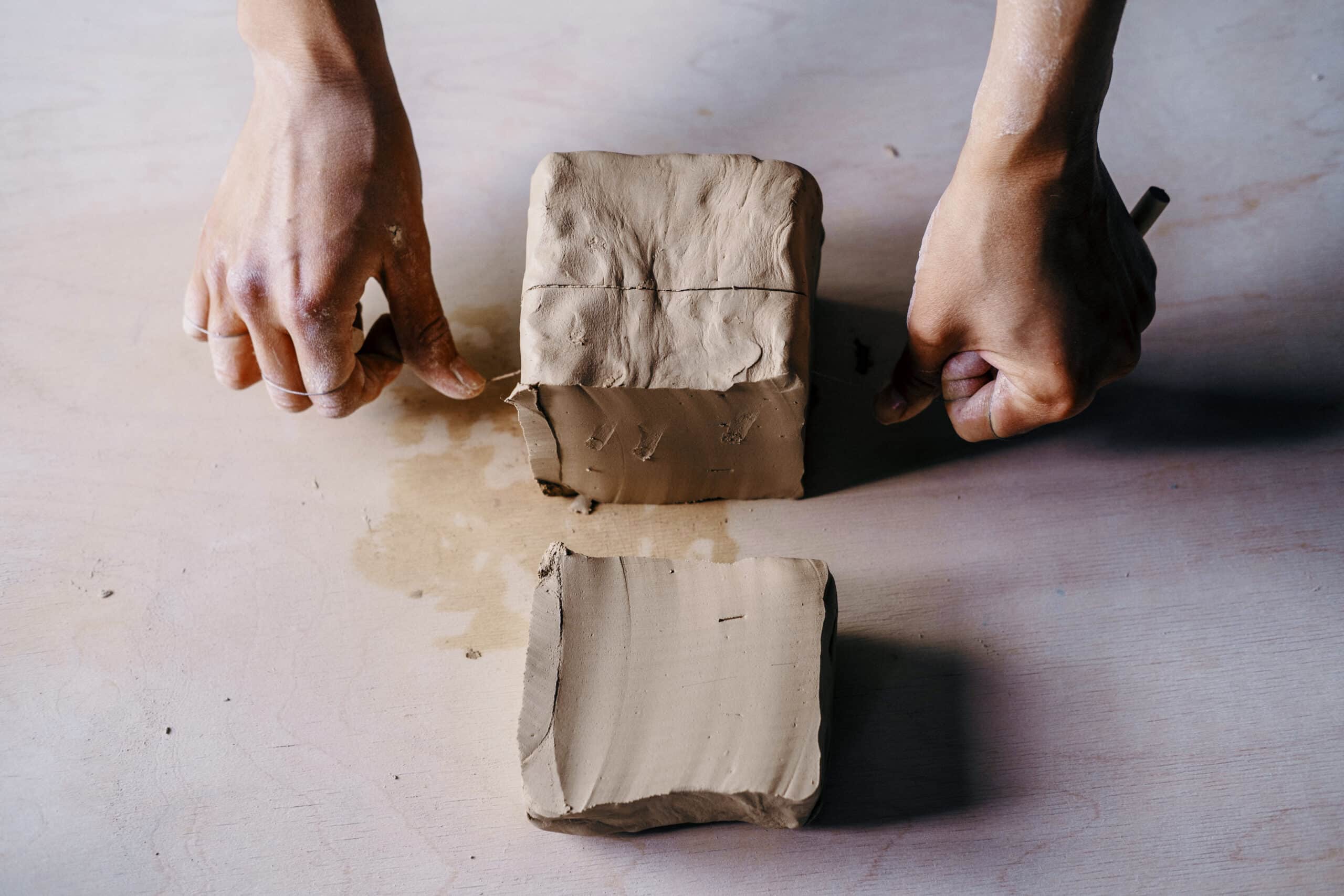
Bevor du anfängst, recherchiere deine Möglichkeiten
Bevor du dich auf offene Ausschreibungen und Stipendien bewerben kannst, musst du einige Zeit damit verbringen, die für deine Praxis geeigneten Angebote zu finden. Es gibt viele Ressourcen für Künstler und Kreative, die dir bei der Suche nach solchen Angeboten helfen:
- Akimbo - Akimbo ist eine umfassende Ressource für Veranstaltungshinweise und Möglichkeiten im Kunstsektor. Akimbo veröffentlicht regelmäßig offene Ausschreibungen für Residencies, Interessenbekundungen für öffentliche Kunstprojekte und Ausstellungen. Du findest diese Ausschreibungen auf ihrer Websiteoder du kannst dich in ihre E-Mail-Listen eintragen hier.
- Instant-Kaffee - Instant Coffee ist ein Künstlerkollektiv, dessen Mitglieder in Toronto und Vancouver leben. Ihre Newsletter enthalten Hinweise auf Ausstellungseröffnungen, Veranstaltungen, Kleinanzeigen und offene Ausschreibungen. Du kannst die Newsletter für Toronto und Vancouver abonnieren hier.
- Die Artengine Artlist - Artengine ist eine kleine Kunstorganisation mit Sitz in der kanadischen Hauptstadtregion. Zusätzlich zu ihrem Programm verschicken sie eine Artlist, die kulturelle Veranstaltungen und Ausschreibungen ankündigt. Du kannst die Artlist abonnieren hier.
- L'AGAVF - Die französischsprachige Kunstorganisation AGAVF (Association des groupes en arts visuels francophones) veröffentlicht La Liste, einen Newsletter mit Aufrufen in Englisch und Französisch. La Liste ist eine hervorragende Ressource für Künstler in Kanada, die französischsprachige Angebote suchen, und du kannst sie abonnieren hier.
- Pilot Art Liste - Die Pilot Art List ist ein Abonnement für in Kanada und den USA ansässige Künstler und Kuratoren, das die Angebote auf bezahlte Möglichkeiten eingrenzt. Das Abonnement selbst ist ein kostenpflichtiger Service, der verschiedene Optionen bietet, je nachdem, wie oft du die Angebote erhalten möchtest. Wenn die Gebühr für dich unerschwinglich ist, halte Ausschau nach dem Pilot Art Fund die ein ganzes Jahr lang kostenlos die Kunstliste enthält.
- Hyperallergic - Hyperallergic veröffentlicht vor allem Kunstnachrichten, aber auch eine monatliche Liste mit Angeboten. Die Angebote richten sich vor allem an Künstler aus den USA, aber es gibt auch einige Angebote für den kanadischen Markt. Finde die Angebote hier.
- Artenda - Artenda ist ein kostenpflichtiger Dienst, der eine Datenbank mit internationalen Kunstangeboten unterhält. Wenn du dich bei Artenda anmeldest, kannst du deine Suche nach Kriterien wie Region, Künstlerhonorar und Frist verfeinern.
- Res Artis - Res Artis ist eine weltweite Datenbank speziell für Künstleraufenthalte. Du kannst nach Profilen von Künstleraufenthalten sowie nach offenen Ausschreibungen auf der Website suchen. Website.
- e-flux - e-flux veröffentlicht internationale Kunstnachrichten und Pressemitteilungen zu Ausstellungen, aber du kannst auch auf ihrer Website nach Ausschreibungen suchen hier.
Zusätzlich zu diesen Ressourcen lohnt es sich auch, mit deinen lokalen Künstlerzentren in Kontakt zu bleiben, da viele von ihnen offene Ausschreibungen für ihre Programme in den sozialen Medien veröffentlichen. Wenn du Mitglied in einem von Künstlern geführten Zentrum wirst, erhältst du in der Regel einen Newsletter, der oft Aufrufe an die Mitglieder enthält.
Wenn du studierst oder gerade deinen Abschluss gemacht hast, gibt es an vielen Universitäten und Kunsthochschulen Jobbörsen und Stellenausschreibungen, die sich an Studierende und Absolventen richten. OCADU in Toronto vergibt Career Launcher Preise (zum Teil gesponsert von Format), und die School of the Art Institute of Chicago bietet Studenten Ausstellungsmöglichkeiten durch ihre INCUBATOR Programm, und viele andere Schulen bieten ähnliche Ausstellungsmöglichkeiten in studentischen Galerien an. Achte auf Ausschreibungen, die innerhalb der Studentengemeinschaft veröffentlicht werden, denn diese Projekte sind oft eine gute Möglichkeit, mit Gleichaltrigen zusammenzuarbeiten und deine Arbeit in deinem lokalen Kunstsystem vorzustellen.
Wachse dein Publikum
Mit den benutzerfreundlichen Portfolio- und SEO-Tools kannst du deine Website und die Suchmaschinenergebnisse in wenigen Minuten anpassen.
Zuschussprogramme vs. offene Ausschreibungen
Sowohl Ausschreibungen als auch Stipendien bieten Künstlern Möglichkeiten, aber es gibt Unterschiede zwischen beiden. Offene Ausschreibungen bieten in der Regel Aufenthalts- und Ausstellungsmöglichkeiten, während Stipendienprogramme Künstlerinnen und Künstlern finanzielle Unterstützung für bestimmte Projekte oder für Kosten im Zusammenhang mit der beruflichen Praxis bieten. Wenn du über eine offene Ausschreibung eine Ausstellung oder einen Aufenthalt erhältst, kannst du auch Zuschüsse beantragen, um neue Arbeiten zu schaffen oder die Reise zu einem Aufenthalt zu finanzieren.
In den USA ansässige Künstlerinnen und Künstler können sich für staatlich geförderte Stipendien über die National Endowment for the Artsund können sich auch für eine Reihe von Stipendien bewerben, die von privaten Stiftungen angeboten werden. Bildende Künstlerinnen und Künstler können sich um Zuschüsse bei der Pollock-Krasner-Stiftungund können sich auch für Notfallzuschüsse bewerben, die von der Adolph und Esther Gottlieb Stiftung und die Rauschenberg Stiftung.
Die wichtigsten Quellen für Fördermöglichkeiten in Kanada sind die Kunsträte auf Bundes-, Provinz- und Gemeindeebene. Die föderale Bewilligungsbehörde in Kanada ist die Canada Council for the Artsund dein provinzieller und kommunaler Kunstrat hängen von deinem Standort ab. Unterschätze nicht die kleinen Orte, wenn es um die Kunst geht - zum Beispiel haben Künstler in Picton ON die Unterstützung der Prince Edward County Arts Council. Während die meisten Förderprogramme von öffentlich finanzierten Kunsträten kommen, gibt es auch einige privat finanzierte Förderprogramme, die von Organisationen wie der Elizabeth Greenshields Stiftung und Partner in der Kunst.
Stipendienprogramme unterstützen eine Reihe von kuratorischen und künstlerischen Möglichkeiten. Vergewissere dich bei deiner Recherche, dass das Programm, das du dir ansiehst, auch für Einzelkünstler/innen offen ist, denn einige Förderprogramme sind auf Kollektive und Kunstorganisationen zugeschnitten. Manche Förderprogramme setzen außerdem voraus, dass die Künstler/innen eine bestimmte Zeit lang nicht in der Schule waren, bevor sie sich bewerben können. Lies die Richtlinien sorgfältig durch und wende dich an die Stipendienbeauftragten, wenn du Fragen zu deiner Förderungswürdigkeit hast.
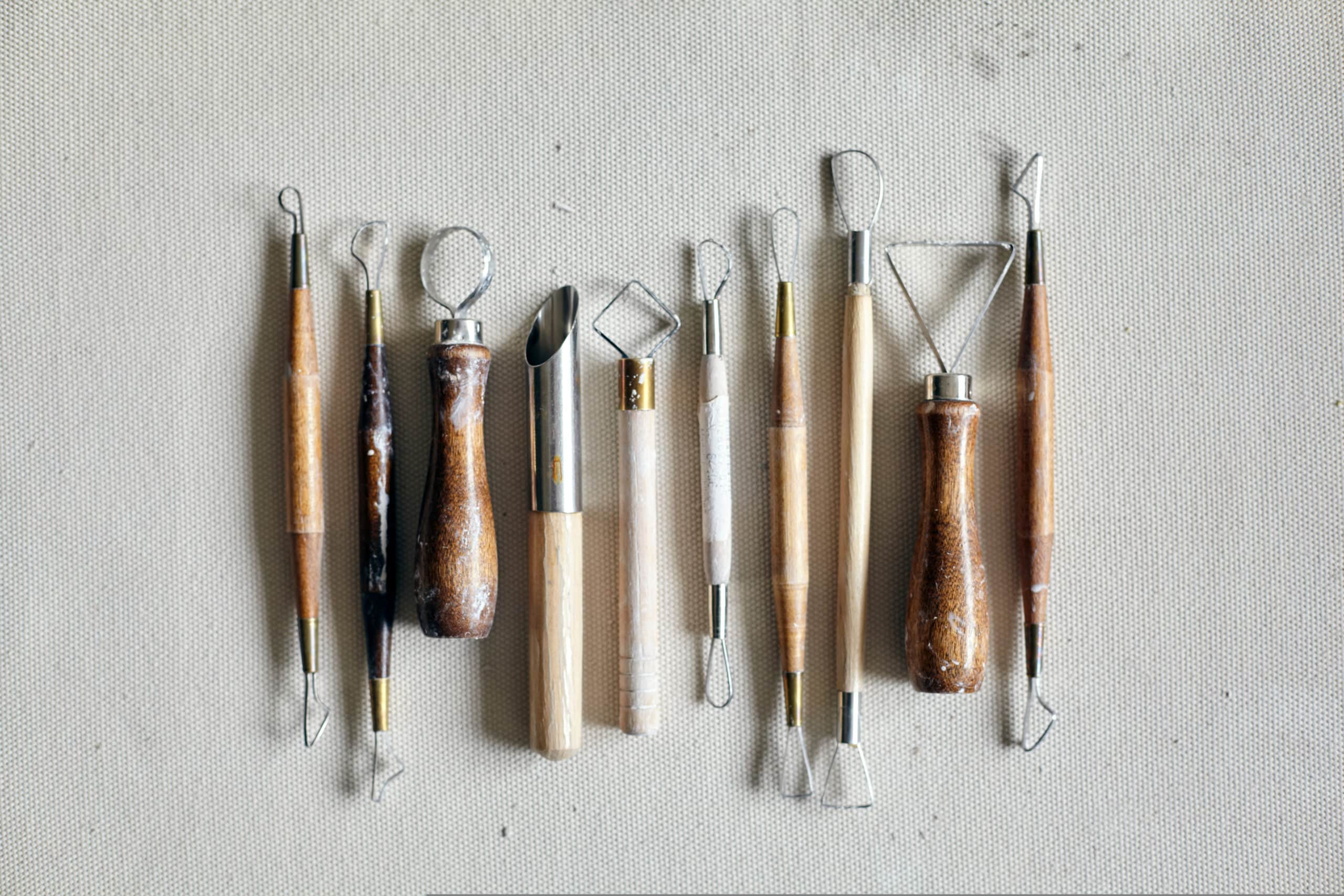
Erstellung deiner Bewerbung
Zuschüsse und offene Ausschreibungen haben unterschiedliche Bewerbungsanforderungen, aber die meisten Bewerbungen bestehen aus den gleichen Grundbestandteilen. In einer typischen Bewerbung musst du eine künstlerische Stellungnahme, einen Projektvorschlag, einen Lebenslauf und eine Dokumentation deiner Arbeit einreichen.
Künstler-Statements
Eine Künstlererklärung ist ein kurzes Statement zu deiner Arbeit, das dem Publikum oder der Jury hilft, deine Arbeit vorzustellen. Eine Künstlererklärung sollte die wichtigsten Ideen, Einflüsse und Themen aufzeigen, mit denen du dich beschäftigst. Es kann auch hilfreich sein, deine Arbeitsweise oder die Wahl der Materialien in deinem Statement zu beschreiben. Ein Künstlerstatement kann einen unterschiedlichen Umfang haben - du kannst zum Beispiel ein Statement schreiben, das einen breiten Überblick über deine Arbeit gibt, oder eines, das sich auf eine bestimmte Serie oder ein bestimmtes Werk bezieht. Du kannst in deinem Statement auch auf Elemente eingehen, die für den Betrachter nicht ohne Weiteres ersichtlich sind, aber es sollte dennoch eine klare Verbindung zwischen deinem Statement und deiner Arbeit bestehen.
Vorschläge
A Vorschlag ist ein Projektplan für die Arbeit, die du vorhast. Beim Verfassen von Vorschlägen gibt es mehrere implizite Fragen, die du in deinem Text beantworten solltest, darunter:
- Was hast du vor zu tun?
- Wie wollt ihr das machen?
- Wann hast du vor, es zu tun?
- Warum ist diese Arbeit wichtig?
Versuche beim Schreiben deines Vorschlags direkt zu sein. Das Schreiben von Vorschlägen ist eher technisch als kreativ, und es ist wichtig, dass die Jury nach der Lektüre eine klare Vorstellung von deinem Projekt hat. Bitte Freunde und Bekannte, deinen Vorschlag zu lesen, während du ihn ausarbeitest - wie bei allen anderen Texten wird auch dein Vorschlag von der Meinung eines Außenstehenden profitieren, wenn du ihn überarbeitest, und ein Cold-Read von jemandem, der mit der Kunstsprache nicht so vertraut ist, kann dir helfen, Begriffe und Ideen zu erkennen, die du vielleicht klären musst.
In einigen Bewerbungen wird verlangt, dass du dein Statement und deinen Vorschlag kombinierst. Achte also darauf, die einzelnen Anweisungen für jede Gelegenheit zu lesen, für die du dich bewirbst.
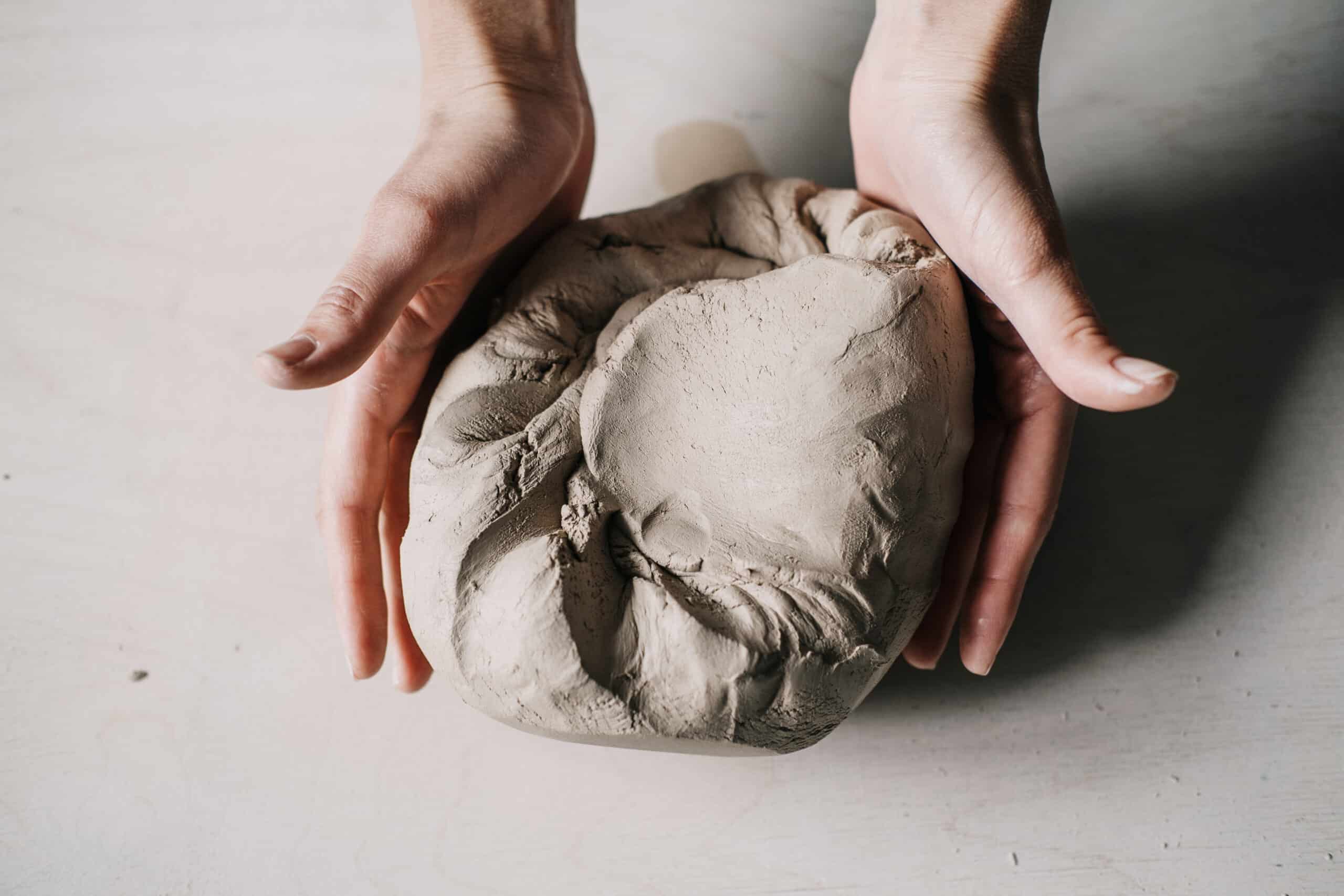
Bios
Der Lebenslauf ist eine kurze Erklärung zu deiner Ausbildung, deinen Gemeinschaften und deinen jüngsten Projekten und Errungenschaften. Du kannst auch eine kurze Einführung in die Thematik deiner Arbeit geben, aber dieser Teil deiner Bewerbung sollte nicht mit dem Inhalt deines Künstlerprofils identisch sein. Versuche, eine lange Biografie (ca. 250 Wörter) und eine kurze Biografie (100 Wörter) für die Bewerbung bereitzuhalten.
CV
Ein Lebenslauf ist ein Lebenslauf, der sich speziell auf deine künstlerischen Projekte und die damit verbundene Arbeit in der Kunst bezieht. Versuche, dich in deinem Lebenslauf auf die jüngsten Projekte zu konzentrieren, so wie du dich auch in einem Lebenslauf auf die jüngsten Erfahrungen konzentrieren würdest. Bei manchen Bewerbungen ist die Länge des Lebenslaufs begrenzt. Daher kann es sinnvoll sein, eine Kurzversion des Lebenslaufs zur Hand zu haben, während du für deine eigenen Unterlagen einen Lebenslauf in voller Länge führst, der deine gesamte Ausstellungsgeschichte enthält.
Dokumentation der Arbeit
Die meisten Anwendungen erfordern Fotodokumentation von vergangenen Projekten, aber je nach Praxis kann es auch sinnvoll sein, eine Videodokumentation oder Schreibproben beizufügen.
Hier sind ein paar Dinge, die du beachten solltest:
- Wenn du Unterlagen auswählst, solltest du sie so auswählen, dass sie das Projekt, das du vorschlägst, bestmöglich unterstützen. Auch wenn du eine Reihe von Arbeiten in deiner Praxis vorweisen kannst, sollten sich deine Unterlagen auf die Projekte konzentrieren, die am besten zu der Gelegenheit passen, für die du dich bewirbst.
- Wenn du eine Videodokumentation einreichst, solltest du versuchen, deine Videobeispiele bei einem Videohostingdienst wie Vimeo hochzuladen. Die meisten Organisationen werden dich bitten, anstelle einer Videodatei einen Link zu schicken.
- Achte bei der Erstellung deiner Foto- und Videodokumentation darauf, dass du die Bilder auswählst, die am besten zeigen, wie deine Arbeit in natura aussieht. Es kann auch sinnvoll sein, Details zu bestimmten Werken oder Ansichten von Installationen beizufügen.
Baue dein Portfolio mit Format auf
Der #1 Online-Portfolio-Builder wird von Künstlern und Machern bewertet.
Bei gebührenpflichtigen Angeboten:
Wenn du dich nach Möglichkeiten umschaust, wirst du vielleicht feststellen, dass bei einigen Ausschreibungen Bewerbungsgebühren oder sogar Gebühren für die Teilnahme an Ausstellungs- oder Residenzprogrammen verlangt werden. Diese Praxis kann je nach Fachrichtung variieren - während es ungewöhnlich ist, dass für Ausstellungsvorschläge an Künstlerzentren Gebühren verlangt werden, ist es üblicher, dass für die Teilnahme an Filmfestivals oder Schreibwettbewerben Gebühren gezahlt werden. Es ist wichtig, kritisch über Möglichkeiten nachzudenken, bei denen du Geld für die Bewerbung oder Teilnahme zahlen musst, bevor du deine Unterlagen einreichst. Es kann immer noch gute Gründe geben, diese Angebote unabhängig von den Gebühren wahrzunehmen, aber du solltest dir sicher sein, dass das Programm gut zu deiner Arbeit und deinen Zielen passt.
Einige Dinge sind zu beachten:
- Was bietet das Programm in Form von beruflichen Möglichkeiten, Netzwerkbildung, Lernen und Förderung deiner Arbeit?
- Ist die Organisation transparent in Bezug auf die Verwendung und Notwendigkeit von Bewerbungs- und/oder Programmgebühren?
- Wenn die Organisation sich als Bildungseinrichtung versteht (wie die Banff Zentrum), gibt es dann eine Quittung für die Zahlung der Studiengebühren, die du bei deiner Steuererklärung angeben kannst?
- Wird die Organisation ein Unterstützungsschreiben zur Verfügung stellen, wenn du dich entscheidest, einen Zuschuss für die Programmgebühren zu beantragen?
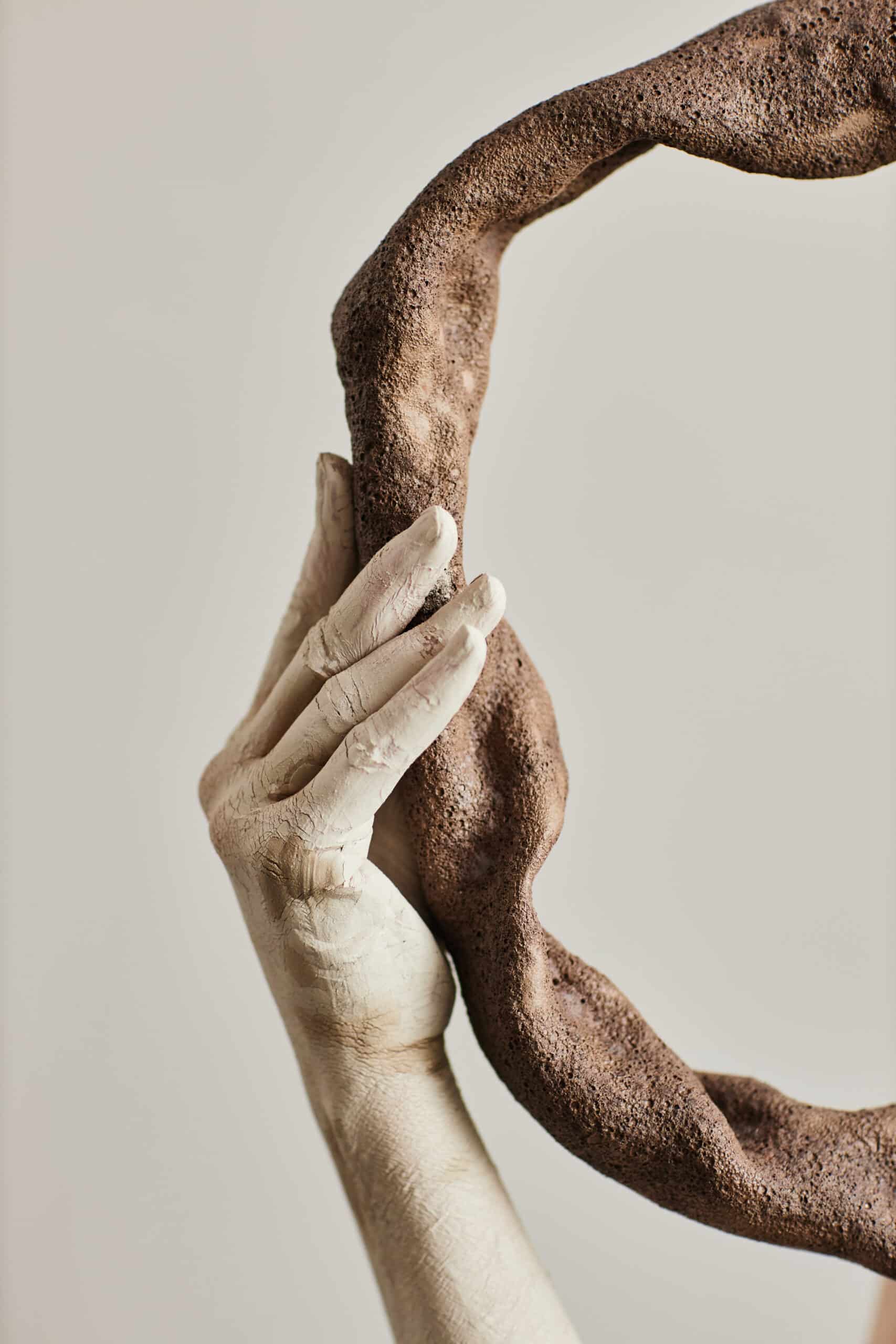
Sei hartnäckig und strategisch
Auf den ersten Blick mag es eine gute Idee sein, sich auf jede Ausschreibung zu bewerben, auf die du stößt, aber das Einreichen von Förderanträgen und offenen Ausschreibungen ist ein zeitraubender Prozess. Mit zunehmender Erfahrung wirst du lernen, die Ausschreibungen auszuwählen, die am besten zu dir passen.
Sei kritisch, wenn du dir die Angebote ansiehst, und überlege, ob das Angebot, für das du dich bewirbst, für dich erreichbar ist. Es kann auch eine gute Idee sein, nach Programmen zu suchen, die Künstler/innen mit bestimmten Identitätsmerkmalen (BIPOC, queer, behindert, Frauen/Frauen, Künstlereltern) bevorzugen, unter die du fallen könntest. Wenn du Gleichgesinnte hast, die mit Förderprogrammen oder anderen Möglichkeiten erfolgreich waren, frag sie, ob sie bereit sind, ihre Bewerbungsunterlagen mit dir zu teilen, damit du ein Gefühl dafür bekommst, was bei ihnen funktioniert hat.
Denke daran, dass die meisten offenen Ausschreibungen und Förderprogramme deutlich mehr Anträge erhalten, als sie unterstützen können. Juryverfahren sind subjektiv, und eine Ablehnung - oder sogar eine Reihe von Ablehnungen - ist nicht unbedingt ein Hinweis auf deine Arbeit oder deine schriftstellerischen Fähigkeiten. Es gibt viele Faktoren, darunter auch die allgemeine Finanzierungssituation, die die Möglichkeiten für Ausstellungen, Residenzplätze oder Stipendien zu einem bestimmten Zeitpunkt einschränken können. Wenn möglich, solltest du um eine Rückmeldung zu deiner Bewerbung bitten und dich nicht entmutigen lassen, wenn du ein "Nein" erhältst.
Erinnere dich: Die Teilnahme an deiner unmittelbaren künstlerischen Gemeinschaft kann helfen, den Stachel einer Ablehnung zu lindern, und kann auch Türen für zukünftige Projekte öffnen. Regelmäßige Atelierbesuche, auch informelle Besuche mit Freunden, können dir helfen, eine klare Sprache zu finden, mit der du über deine Praxis nachdenken kannst. Tausche dich mit Freunden und Gleichaltrigen aus und feiert gemeinsam eure Erfolge. Mit jeder Bewerbung stellst du deine Arbeit neuen Betrachtern vor und verbesserst die Art und Weise, wie du deine Ideen formulierst. Wie bei jeder anderen Arbeit lohnt es sich auch beim Schreiben von Förderanträgen, beharrlich zu bleiben, und du kannst dein Material immer wieder überarbeiten und für zukünftige Anträge verwenden.
